Introduction
The Sun, our life-giving star, has always held deep mysteries at its core and surface. Now, NASA’s CODEX mission (COronal Diagnostic EXperiment) is illuminating some of those secrets like never before. With the help of revolutionary imaging techniques, CODEX has captured stunning new images of the solar wind, offering scientists unprecedented insights into the Sun’s outer atmosphere and the mechanisms driving solar storms. These breakthrough visuals are helping unravel how solar wind originates—and how it impacts Earth and space weather.
What Is CODEX and Why Is It Important?
Launched as a high-resolution solar imaging project, NASA’s CODEX is designed to study the Sun’s corona—the extremely hot, outermost part of the solar atmosphere. Despite being millions of kilometers away, the corona plays a crucial role in generating solar wind, a stream of charged particles that constantly flows through space.
Understanding the dynamics of solar wind is essential because:
It can disrupt satellites and communication systems on Earth.
It affects astronaut safety during deep-space missions.
It drives geomagnetic storms that cause auroras but can also damage power grids.
CODEX’s powerful imaging systems use extreme ultraviolet (EUV) light to capture intricate magnetic field structures and fast-moving plasma currents in action—something previous missions could only estimate.
CODEX’s Stunning New Images of the Solar Wind
The latest set of images from CODEX has captivated the scientific community. Unlike past observations, which offered pixelated or low-resolution views, CODEX’s images show:
Real-time plasma eruptions exploding from the corona.
The birth and acceleration of solar wind particles.
Filament structures in magnetic loops that look like rivers of fire.
Detailed motion paths of coronal mass ejections (CMEs).
These visuals not only mesmerize space enthusiasts but also serve as critical data points for heliophysicists studying how the Sun’s magnetic energy gets converted into kinetic energy that blasts solar wind across the solar system.
How CODEX Is Changing Solar Science
Prior to CODEX, most solar wind models were based on indirect data. With these new high-resolution, direct images, scientists can now:
Track plasma dynamics at their source, in the corona.
Validate predictive models for space weather with greater accuracy.
Understand the solar cycle and how its changes affect solar emissions.
Discover why the corona is hotter than the surface of the Sun—still one of solar science’s biggest puzzles.
CODEX is also helping researchers refine future mission planning, especially for spacecraft and satellites vulnerable to solar radiation.
Implications for Earth and Future Space Travel
The implications of CODEX extend far beyond curiosity:
Better space weather forecasting can help protect power grids, airlines, GPS systems, and internet infrastructure.
Improved understanding of solar radiation will aid in designing radiation-shielded spacecraft.
Future crewed missions to the Moon and Mars depend on accurate models of solar flare activity.
With solar activity peaking during Solar Cycle 25, CODEX’s timing couldn’t be better. The mission is helping predict solar storms that might otherwise catch Earth by surprise.
What’s Next for CODEX?
NASA has plans to expand CODEX’s observational capabilities by partnering with other solar missions like:
The Parker Solar Probe, which is flying closer to the Sun than any spacecraft before.
ESA’s Solar Orbiter, which provides complementary imaging from a different vantage point.
Ground-based observatories like the Daniel K. Inouye Solar Telescope (DKIST), which captures high-res solar surface features.
This collaborative approach aims to build a multi-angle, multi-layered understanding of solar activity, paving the way for smarter, safer space exploration and better protection of Earth’s technological infrastructure.
Conclusion
NASA’s CODEX mission is setting a new standard in solar exploration. With its high-definition images of the Sun’s corona and solar wind, it’s pulling back the curtain on some of the universe’s most powerful natural phenomena. As solar storms become more frequent and our reliance on space-based technologies grows, missions like CODEX are no longer just scientific curiosities—they’re essential for safeguarding our planet and advancing human spaceflight.
In the ever-expanding story of the cosmos, CODEX has just turned a brilliant new page.
NASA’s CODEX Unveils the Sun’s Fiery Secrets With Stunning New Solar Wind Images
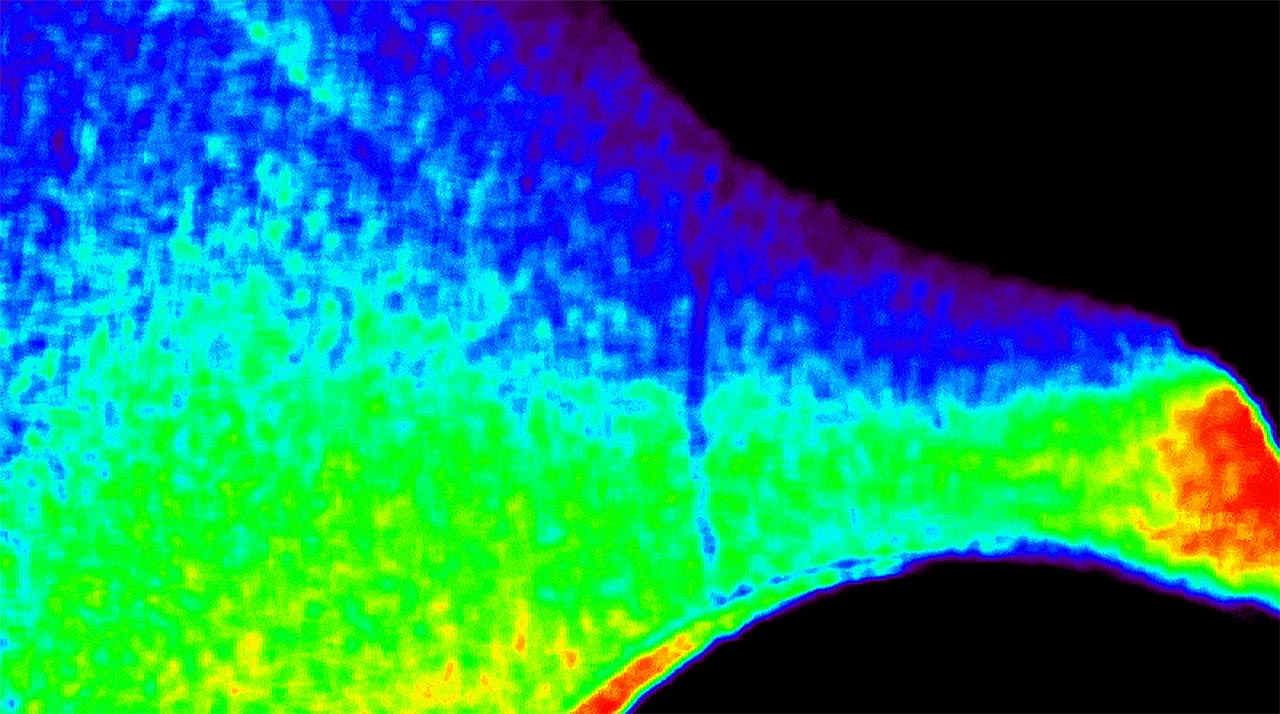

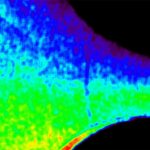






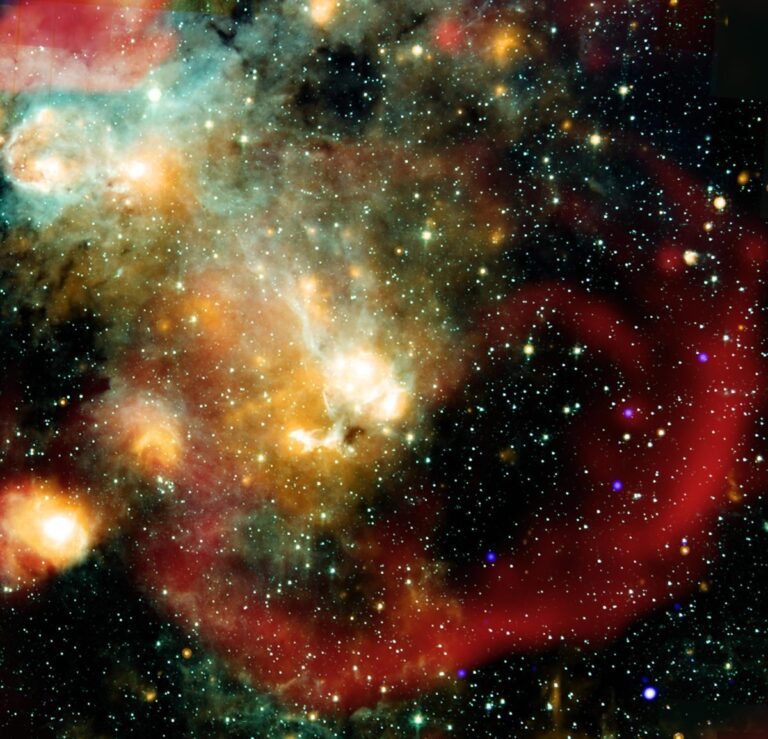


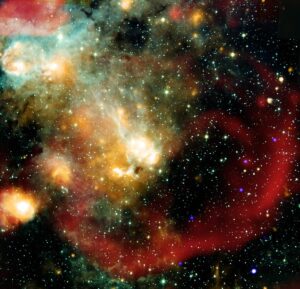
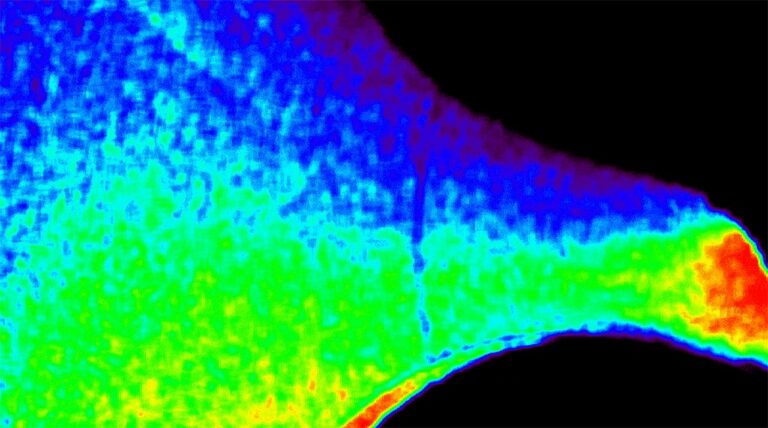


+ There are no comments
Add yours